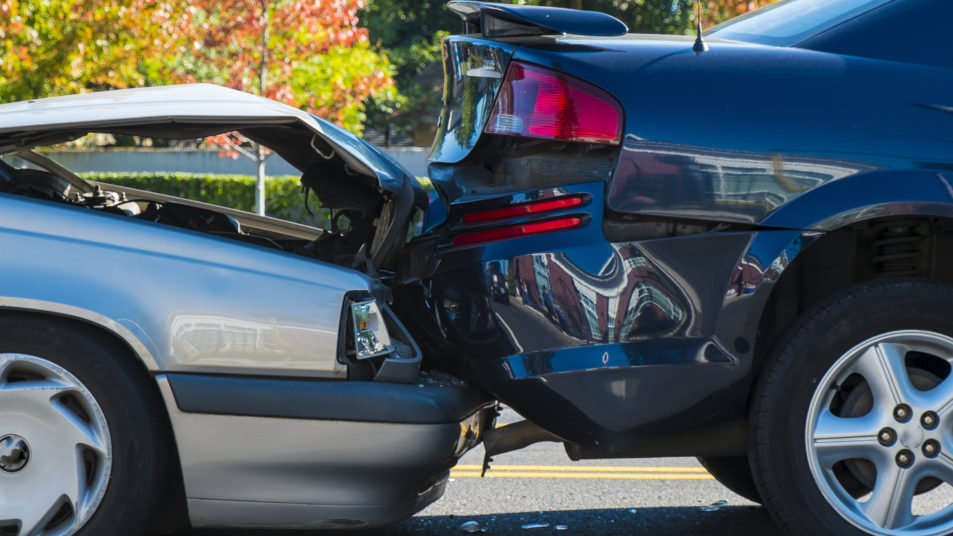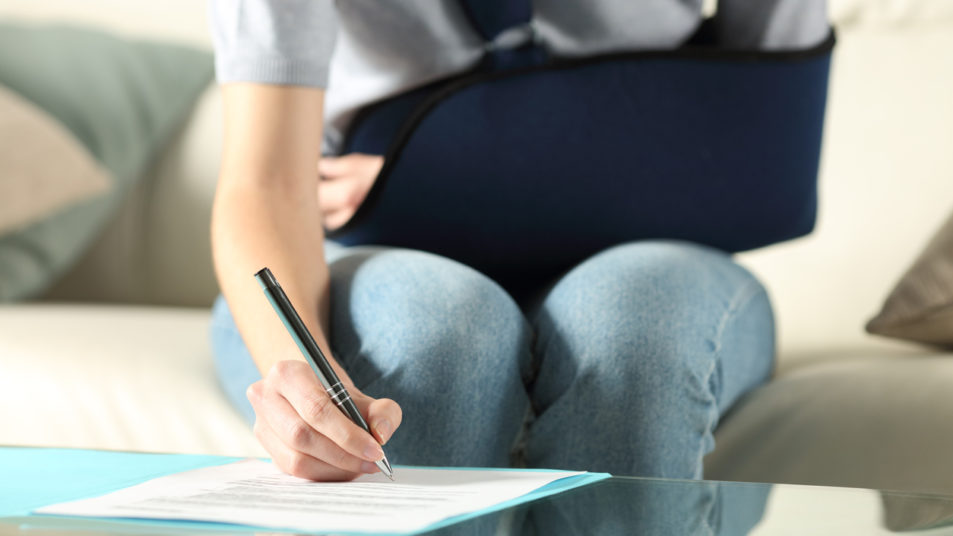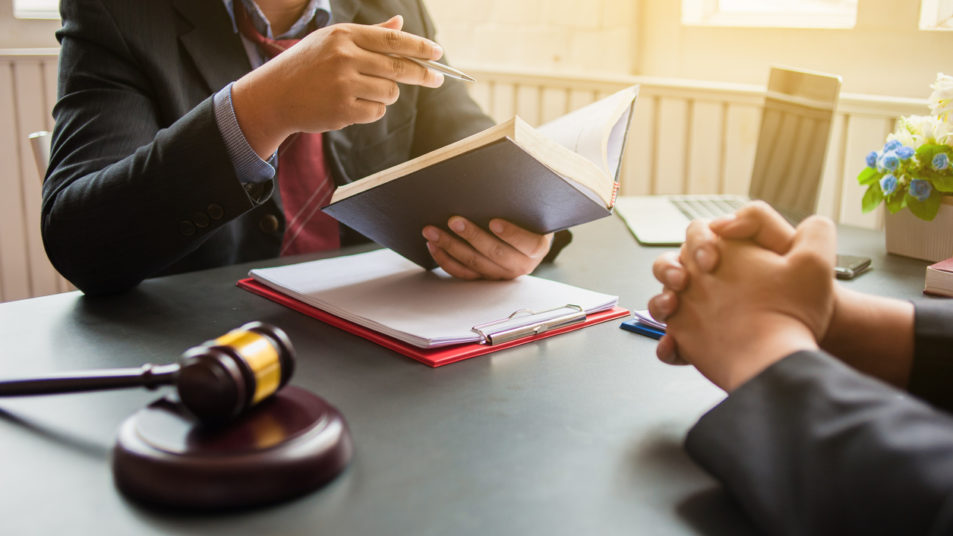Am I at Fault if I Was in a Rear-End Car Crash in California?
In many cases, the rear driver in a rear-end car crash is at fault, but not always. The lead driver could be at fault or share liability for the cause of a rear-end collision.
Fault for a rear-end accident is not automatic. You must review all facts and circumstances to determine which driver caused the accident.
Why Is Liability Important in a Rear-End Accident Case?
Fault determines who is responsible for paying damages after a car accident. Liability can be established by proving which driver’s negligence caused the car wreck.
An injured victim could pursue a personal injury claim against the at-fault driver for damages such as:
- The cost of medical treatment
- Loss of income
- Pain and suffering
- Future lost wages and decreases in earning potential
- Permanent disabilities and impairments
- Cost of long-term nursing care
- Out-of-pocket expenses
- Mental and emotional distress
- Decrease in quality of living
- Personal care and assistance with household chores
In addition to compensatory damages, a person could receive punitive damages (exemplary damages) for a rear-end accident if they can prove the other driver acted with malice, fraud, or oppression. Punitive damages are rarely awarded, however.
How Do You Prove Fault for a Rear-End Accident in California?
Fault for a rear-end crash is determined by negligence. To hold a driver liable for damages, you must prove the elements of negligence:
- The other driver owed you a duty of care
- The driver breached the duty of care through their acts or omissions
- The breach of duty was the proximate and direct cause of the rear-end accident
- You sustained damages because of the breach of duty
All drivers have a duty to use reasonable care when operating a motor vehicle, including following California traffic laws. Drivers must control their speed and movement of the vehicle, and they must keep a lookout for other vehicles, pedestrians, bicyclists, and other obstacles.
Many rear-end accidents are caused by the rear driver failing to maintain a safe distance or failing to keep a proper lookout. Numerous factors could contribute to the cause of the accident, including:
- Impaired driving
- Distracted driving
- Following too closely
- Drowsy driving
- Speeding
- Aggressive or reckless driving
Proving liability requires you to prove that the rear driver caused the crash. Evidence could include video of the collision, eyewitness testimony, vehicle damage, physical evidence, statements by the drivers, and evidence from expert witnesses.
California Vehicle Code §21703 states a driver shall not follow another vehicle more closely than is prudent and reasonable.
There is no law stating a specific safe following distance. Therefore, drivers have the duty of judging the following distance needed to be able to stop if the car in front of them suddenly slows or stops.
Typically, it is presumed that the rear driver is at fault unless evidence proves the lead driver was negligent. The driver in the rear failed to keep a safe distance and a proper lookout.
Can the Lead Driver in a Rear-end Crash Be at Fault?
Yes, in some circumstances, the lead driver could be responsible for causing the crash. Negligent conduct that could result in liability for the lead driver includes:
- Backing up on the road
- Pulling out in front of another vehicle
- Intentionally trying to be rear-ended
- Suddenly braking without cause
- Drunk driving
- Driving without operating brake lights
The lead driver also has a duty to use reasonable care when driving. If the lead driver fails to use reasonable care, they could be liable for damages.
In some cases, the lead driver could be partially to blame. California’s contributory negligence laws state that an injured party’s compensation for damages is reduced by the party’s percentage of fault.
Therefore, if a jury finds the lead driver in a rear-end crash was 50% at fault for the cause of the crash, the lead driver would only receive one-half of their damages. For example, if the jury awarded the lead driver $200,000 in damages, the amount received would be $100,000.
Who Is at Fault for a Chain Reaction Rear-End Crash?
Rear-end accidents might involve several vehicles. A rear-end crash begins a chain reaction with each vehicle colliding with the vehicle in front of it. Liability for a multi-vehicle rear-end accident can be challenging to determine.
Multiple drivers could share liability for the car accident. As a result, an accident reconstructionist and other experts may be required to sort out fault.
What Should I Do if I Am Involved in a Rear-end Crash in California?
You should report the accident to the police by calling 911 and not admit fault at the accident scene. As soon as possible, seek medical attention for your injuries and consider seeking legal advice from a Los Angeles car accident lawyer.
The insurance company may try to shift blame to the other driver to avoid paying a claim. You might need an experienced accident attorney to investigate the crash to gather evidence proving you did not cause the accident.


